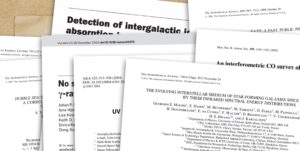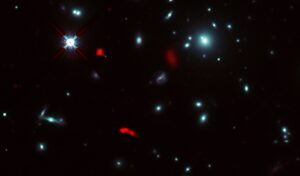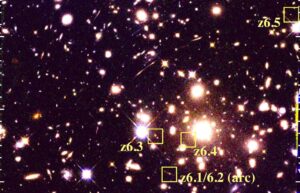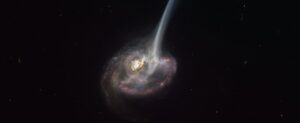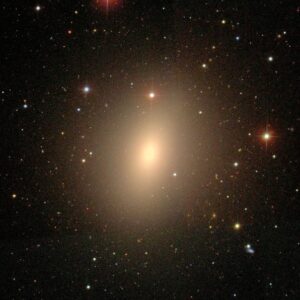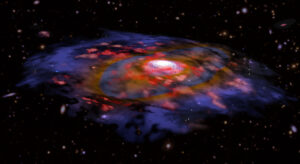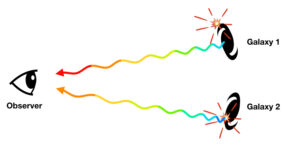Latest news from DAWN
Using the Atacama Large Millimeter/submillimeter Array, DAWNers and collaborators found a rotating baby galaxy 1/100th the size of the Milky Way at a time when the Universe was only 7% of its present age. Assisted by the “gravitational lens effect”, the team was able to explore for the first time the nature of small and dark “normal galaxies” in the early Universe, representative of the main population of the first galaxies.
Read MoreWhen the James Webb Space Telescope, despite repeated delays, finally launches in October, and after some initial calibrations begins its first cycle of observations, these will include an impressive Danish participation. The primary focus will be on learning more about the Universe’s earliest galaxies.
Read MoreCongratulations to Charlotte Mason and Georgios Magdis on receiving the VILLUM Young Investigator and Young Investigator Plus grants, respectively. Charlotte, who has just joined DAWN as an associate professor, will […]
Read MoreImage credit: Seiji Fujimoto. Massive matter – such as clusters of galaxies – distort and magnify light from distant galaxies behind them through gravitational lensing. This can make faint galaxies […]
Read MoreArtist’s illustration of a galaxy having its gas “ripped out” by a collision. Image credit: ESO/M. Kornmesser. ALMA captures distant colliding galaxy dying out as it loses the ability to […]
Read MoreStudying how galaxies evolve takes more than just observing them and noting their properties. A notable part of an astronomer’s job is about constructing physical models that explain the observed behavior.
Read MoreASTROPHYSICS: Massive galaxies were already much more mature in the early universe than previously expected. This is the conclusion of an international team of astronomers who studied distant galaxies with the […]
Read MoreCOSMOLOGY: Ever since the astronomer Edwin Hubble demonstrated that the further apart two galaxies are, the faster they move away from each other, researchers have measured the expansion rate of […]
Read MoreDAWN Professor Johan P. U. Fynbo was recently invited to give a longer discussion on the interplay between faith and science. An interesting topic with no clear answers, DAWN is […]
Read More
